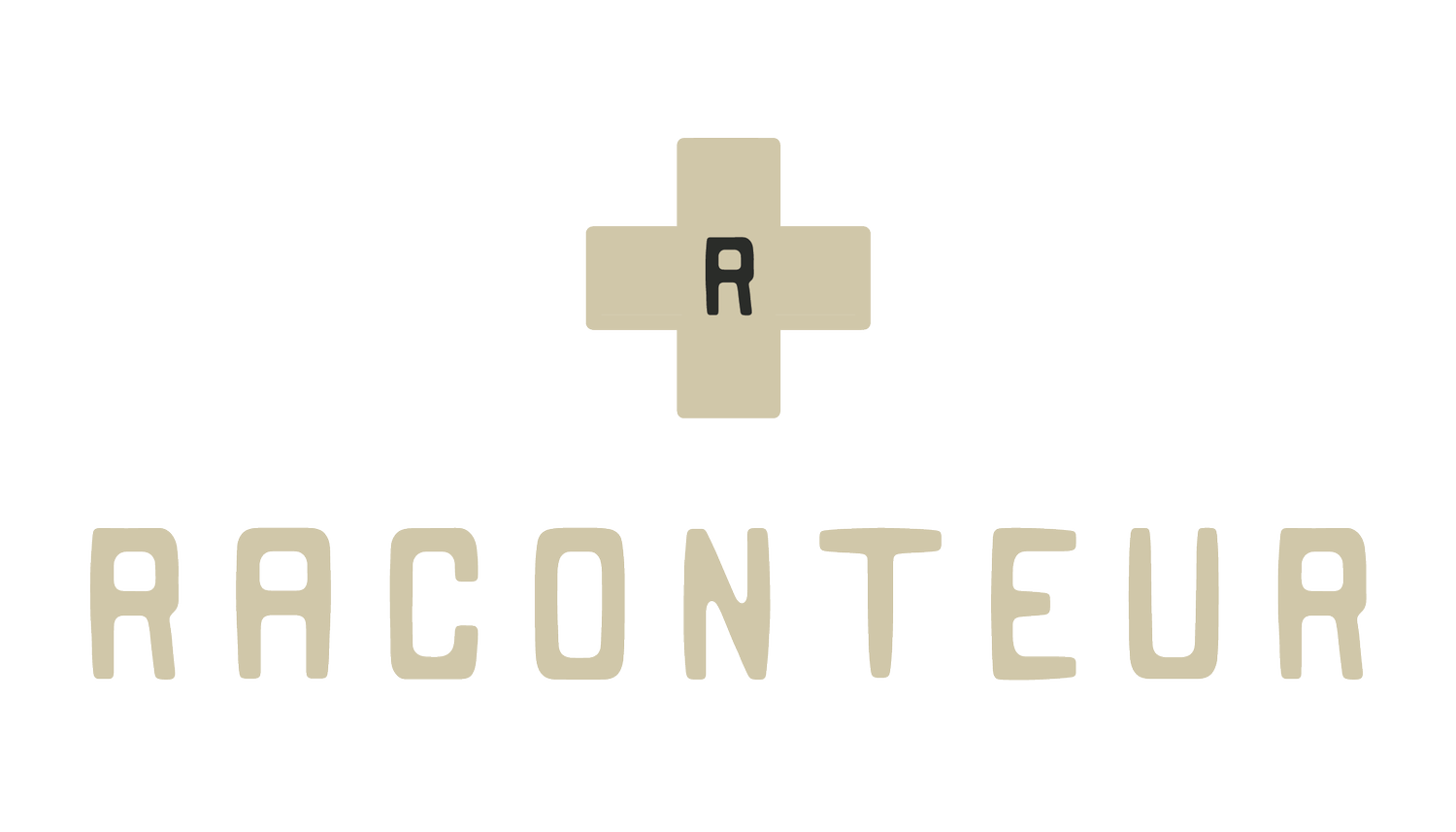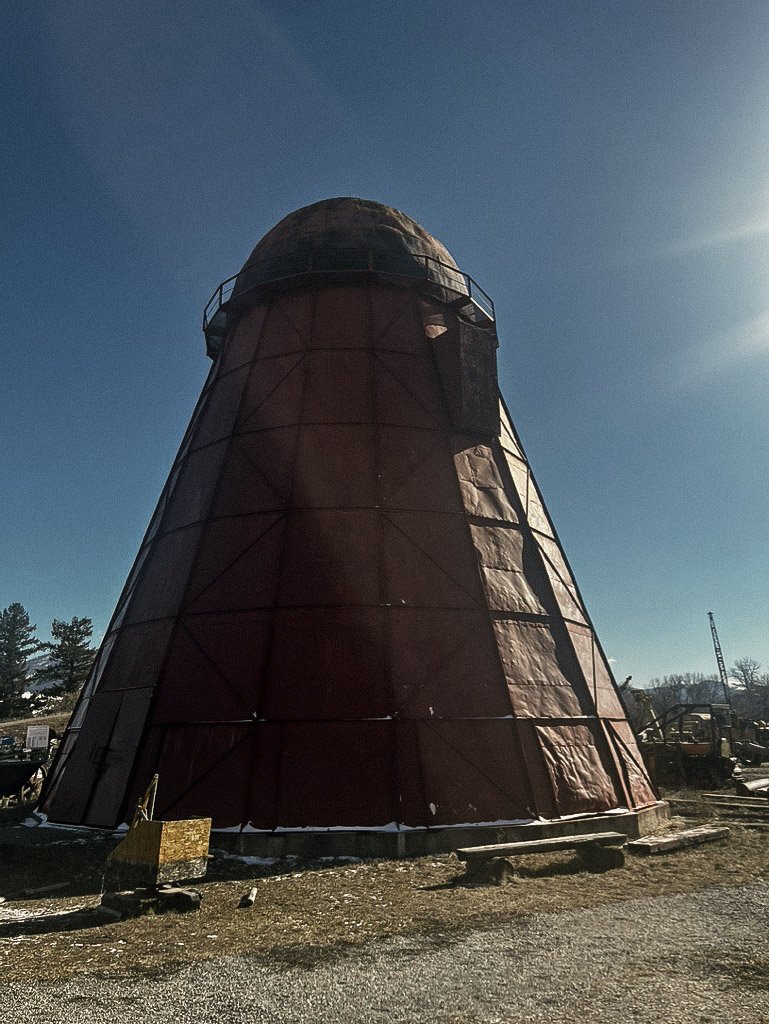Contact High Tracing: Part 1
Inversion in Missoula photo by Dylan Yonce editing by Chloe Nostrant
Part I — Smoke & Water
“Welp. Your circuit board is fried. Dang critters got in there, looks like.” The hot tub repairman, let’s call him Gary, proceeded to describe what must have occurred in the bowels of our inoperable sauna, detailing circulators and other do-dads I immediately forgot. In my defense, I was distracted: running late to a class I taught as part of my graduate work, Covid cases ticking up again, and a quarantined toddler growing feral inside while her mother juggled a meeting with East Coast colleagues and attempting to find the right episode of Daniel Tiger on the overworked iPad. And, as had been the case for much of the summer of 2021, the smell of woodfire lingered in the air. Wildfire smoke spawned in southern Oregon had ridden trade winds across the Cascades and up the Snake River Plain and settled in the innumerable valleys of the northern Rockies. The haze that day was a sepia-toned shroud, blurring and blocking the views that had drawn us to this property when we left Texas a few months before.
So I missed most of Gary’s soliloquy and took him at his word when he said he’d return and install the circuit board once it arrived. “The only thing worse than not having a hot tub,” he said as he hoisted his leather tool bag over his shoulder, “is having a broken hot tub.”
I’m not one to call someone on their bullshit, especially when I’m so preoccupied. I tend to take for granted people mean well, that they want to speak the truth, even if it’s only their truth. I’m prone to consider such pronouncements in context, to try to fashion them into sound advice.
In many ways, owning a nonfunctioning luxury item is a fitting metaphor for life in late-stage capitalism. We’re surrounded by structures we’re assured are working, yet it doesn’t take keen observation to see cracks appearing. Recall I first met Gary in late August, 2021, in Missoula, MT, a city in a region writer Kathleen McLaughlin had just described as experiencing a “fast and ferocious wave of gentrification.” It was the latest in a history of migration-fed cultural shifts impacting the Mountain West, which did little to assuage my guilt. For being an out-of-stater buying a house sight unseen. For caring about the hot tub while people slept in tents in floodplains. For not questioning Gary’s logic.
On his way out, Gary stopped and looked out at the Clark Fork River valley disappearing into the haze. “Inversion’s a bad one today,” he said in the way Missoulians refer to the weather—as more of a minor character than a feature of the setting. I hadn’t been in Missoula long, but I knew that he was talking about the temperature inversion, the meteorological phenomenon that kept fog, smoke, and other particulates trapped in the mountainous region’s valleys like a Tupperware lid. My wife had cited it as one of her biggest concerns about moving back to western Montana, the area where she’d been raised. Winters, she’d assured me, could be grim. She’d describe how suffocating it felt, with a cap of clouds above and fog swirling below. What’s inverted is the temperature, which should become gradually cooler the higher the elevation but instead is flipped: that fog and smoke-filled air is often frigid.
Teepee Burner at Fort Missoula by Mark Schoenfeld
“Heard of teepee burners?” Gary asked, referencing the towering conical relics of the bygone lumber mill era. Yes, that’s what everyone calls them in western Montana. In Oregon, they’re called wigwam burners. North of the 49th parallel: beehive burners. I prefer the latter, but, of course, I’m not a bee. The more I learn about the impacts of migration on the region’s indigenous people, the less inclined I am to employ terms that, to quote local bookseller and poet Mara Panich, “sounds like someone’s house is being burned down either way.”
Wherever they are and whatever they’re called, each burner’s purpose was the same: to dispose of the waste leftover from the lumber milling process. Anyone who was still around before Montana’s Clean Air Act of 1970 effectively banned the operation of the burners describes a similar scene: a volcano-like structure of hardened steel rising above the lumber yard and sawmill outbuildings, fed a constant stream of milling byproducts—from wood shavings to rough edges hewn from the logs that would be transformed into beams to gird Butte’s copper mines—offered by way of conveyer belt or Archimedes screw. All day, as dust swirled with the sounds of massive saws and planers, smoke rose from the crater atop the burner. All night, a red glow as flames leapt through the screen that kept only the largest embers from erupting into the black sky.
Some of the ash settled on the town, but in the event of an inversion, the smoke and soot would be trapped in the valley.
One oldtimer who grew up in the town I could see on a day with less inversion put it this way: “I didn’t know snow was white until I left Bonner.”
Another: “Freshly laundered linens left out to dry looked like zebra skins when you brought them in.”
Back in August 2021, Gary told me his father, before he died, worked at one of the mills, and that once a year local police would cordon off the area and burn confiscated drugs in the mill’s teepee burner. “But with the inversion and all,” he continued, “the smoke from them drugs would just stick around in the valley and folks wouldn’t realize they were breathing them in.” He paused. I waited.
“And that’s why everyone was always so happy in Missoula back then!” He let out a guffaw. I joined with a chuckle, eager as I was to get inside and not ready to investigate the layers of bullshit residing in Gary’s parting anecdote.
Lately, I’ve begun to wonder if Gary had ever fixed our hot tub, would I still be so preoccupied with finding out if his parting anecdote is true, or—like so many other tales Montanans trade in—a myth? I’ve thought often of the way my head swelled when Gary first told me the tale. I knew I’d have to keep pursuing the story until I had a satisfactory answer.
Over two-and-a-half years attempting to trace the veracity of Gary’s story, I’ve spoken to historians and reporters, retired mill workers and their children, poets and museum docents, professors, former and current law enforcement (who have uniformly laughed at me before quickly ending the conversation), and one long-time, long-winded barber who inherited his shop from his father after his old man refused to continue cutting hair when some of the Bonner millworkers started requesting mullets. I’ve had contacts, like Sharon Smith, answer and—assuming I’m a telemarketer on account of my out of state area code—tell me she wasn’t interested in whatever I was selling before nearly hanging up.
Only a handful of people have second-hand (at best) accounts of the cops burning drugs. The more dubious notion is that anyone got stoned from the relatively meager amount of narcotics the cops would be incinerating, inversion or none. The last part—the idea that folks were somehow happier when as many as eleven burners spewed ash into the surrounding valleys, when Life Magazine included Missoula on its seminal photo essay documenting the worst air quality in the country—is routinely mocked. Or as Sharon Smith put it after she and her husband Glenn, a 40-year veteran of Bonner’s mill, listened to the tale on speaker phone: “Well, that’s the most bullshit story I’ve ever heard.”
Still, something about it has stuck with me. I’ll set it aside for months and each time I come back I realize two things: I see myself feeling more at home here, like less of an outsider, with every draft; and, like the substances that ignited this quest, this story is highly intoxicating—and possibly addictive


